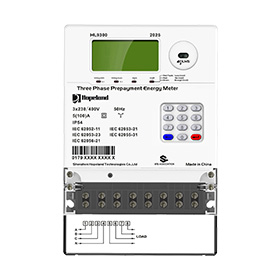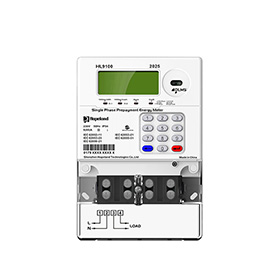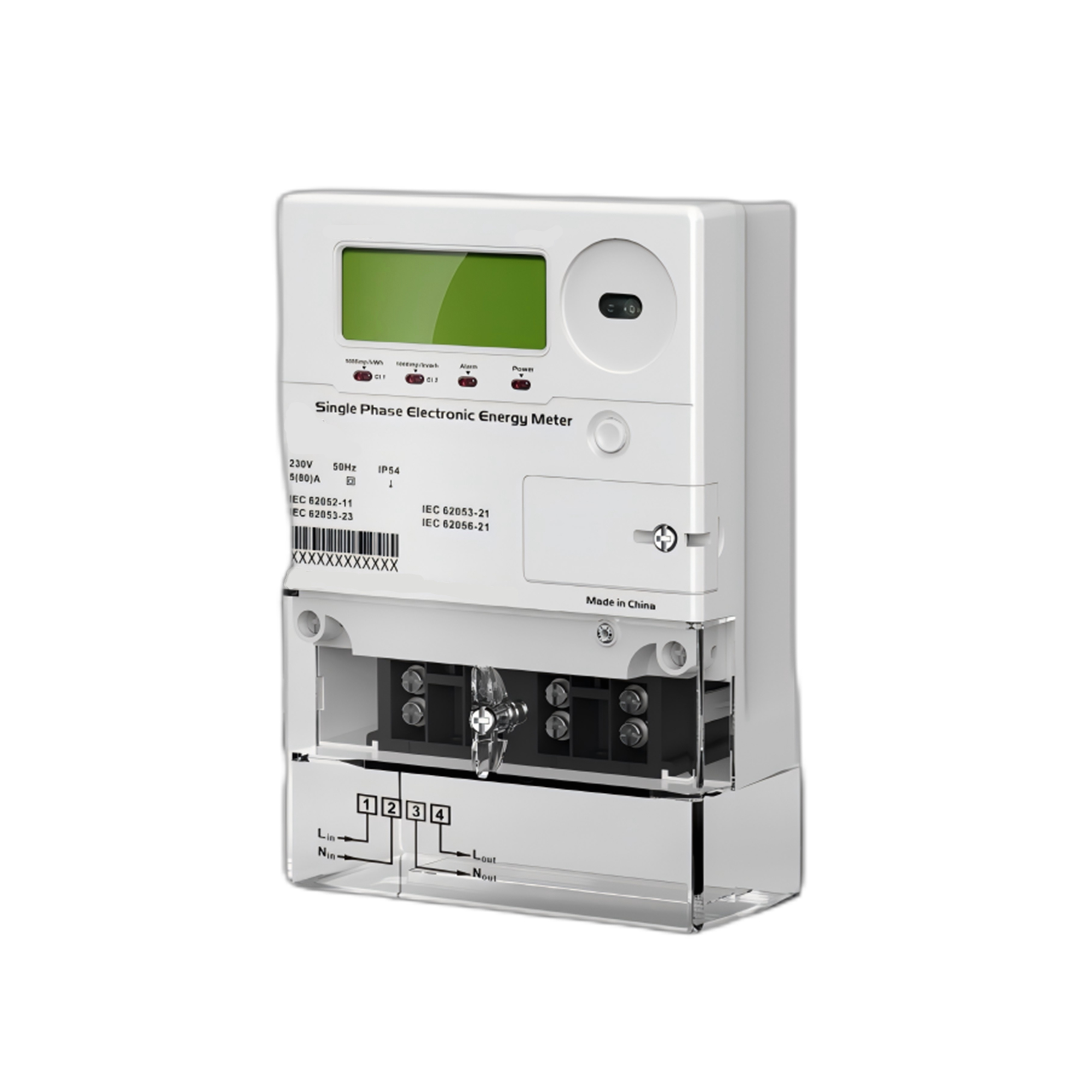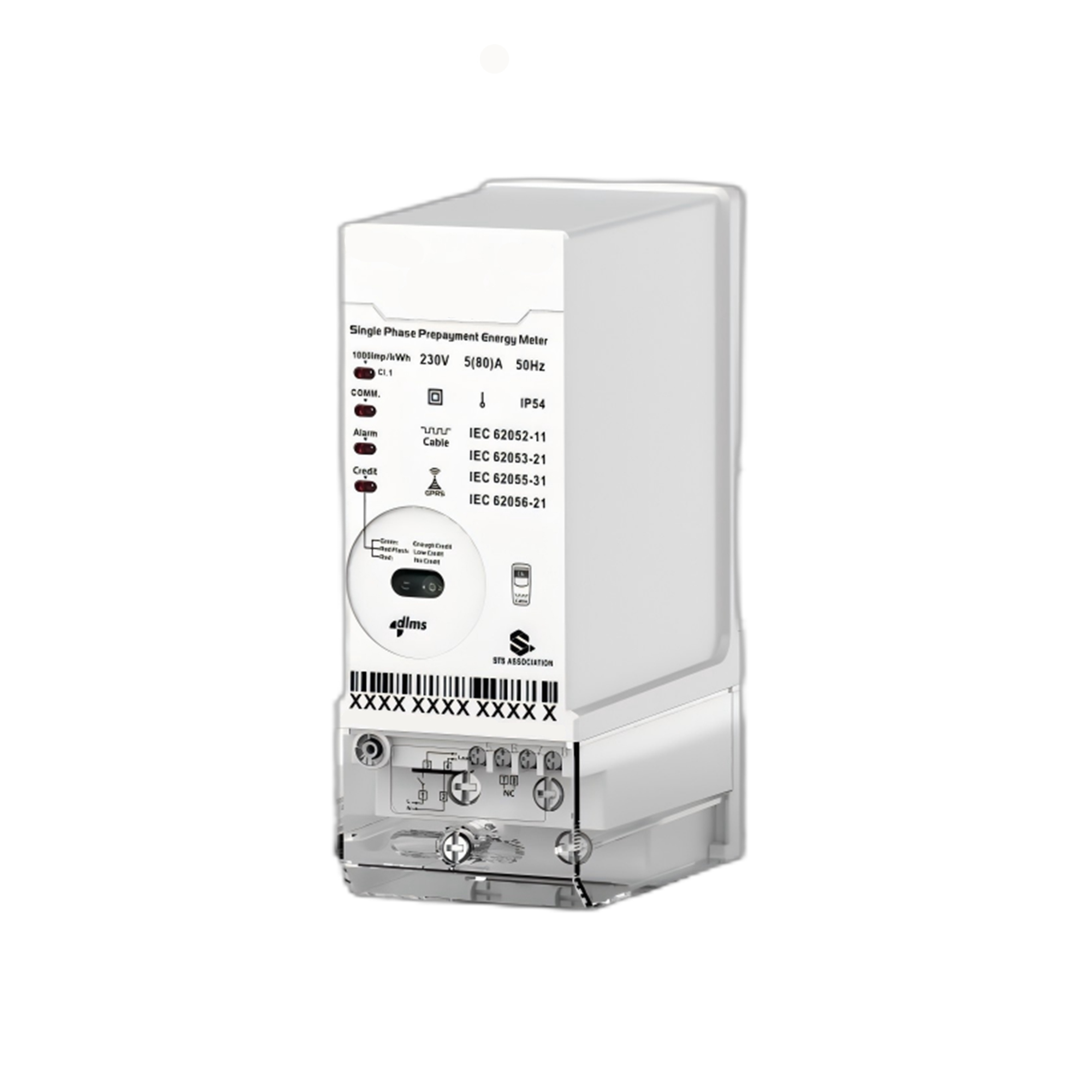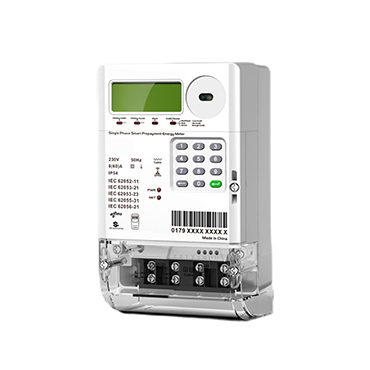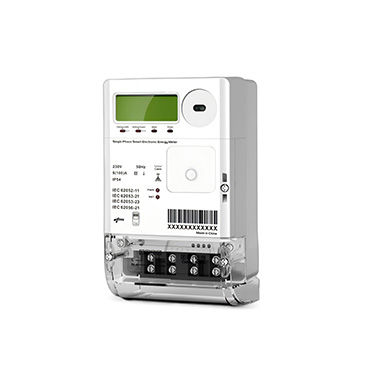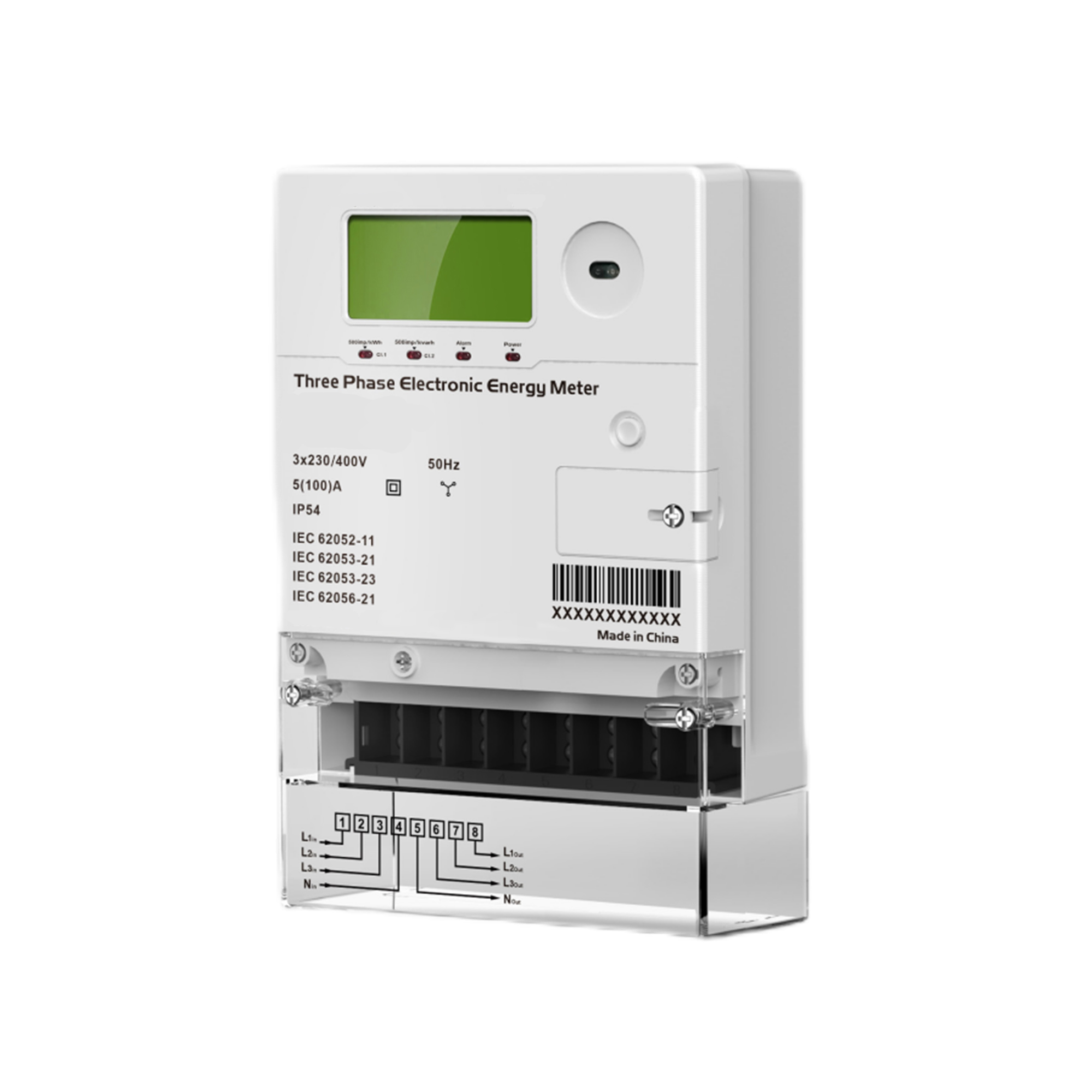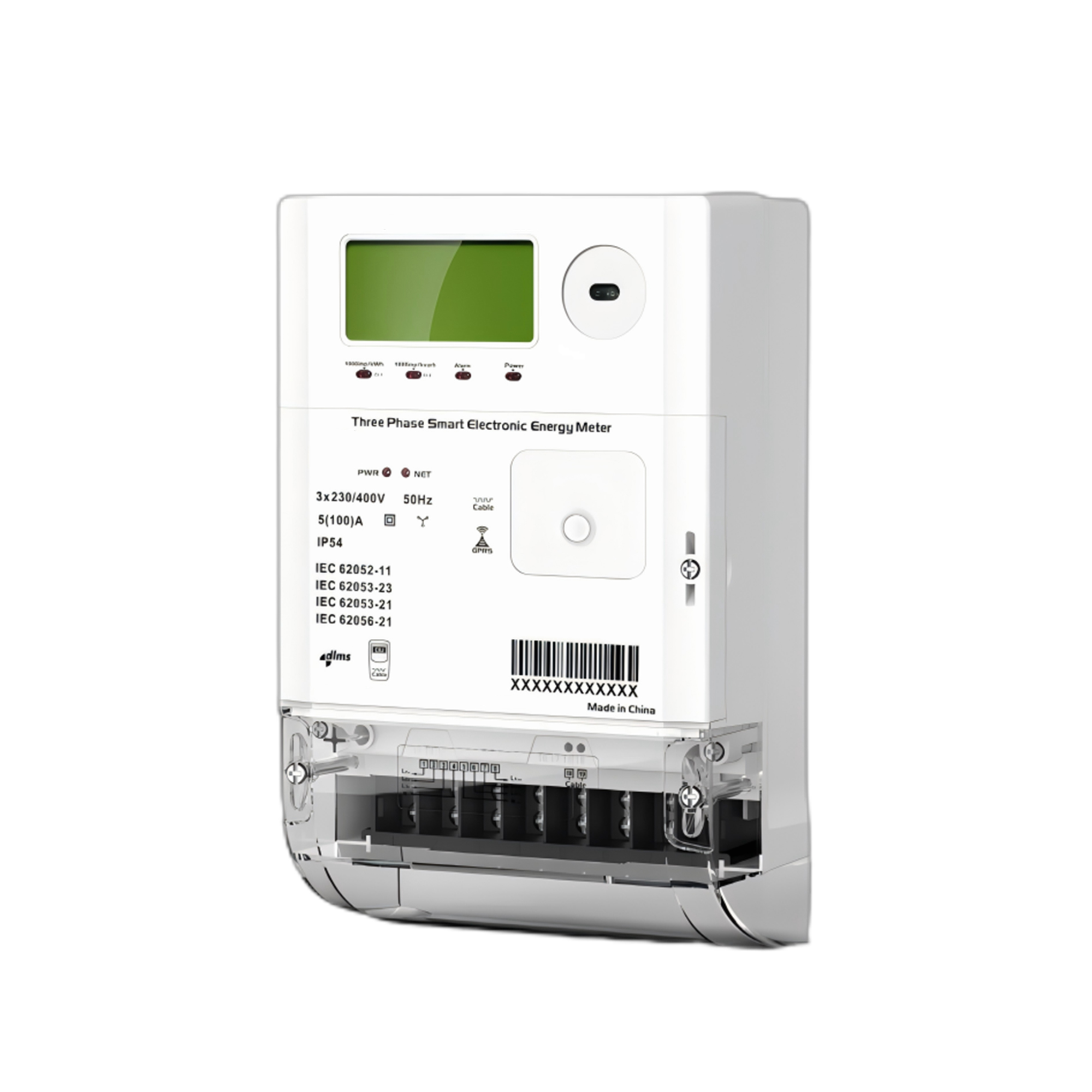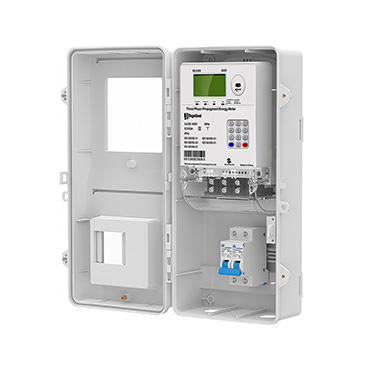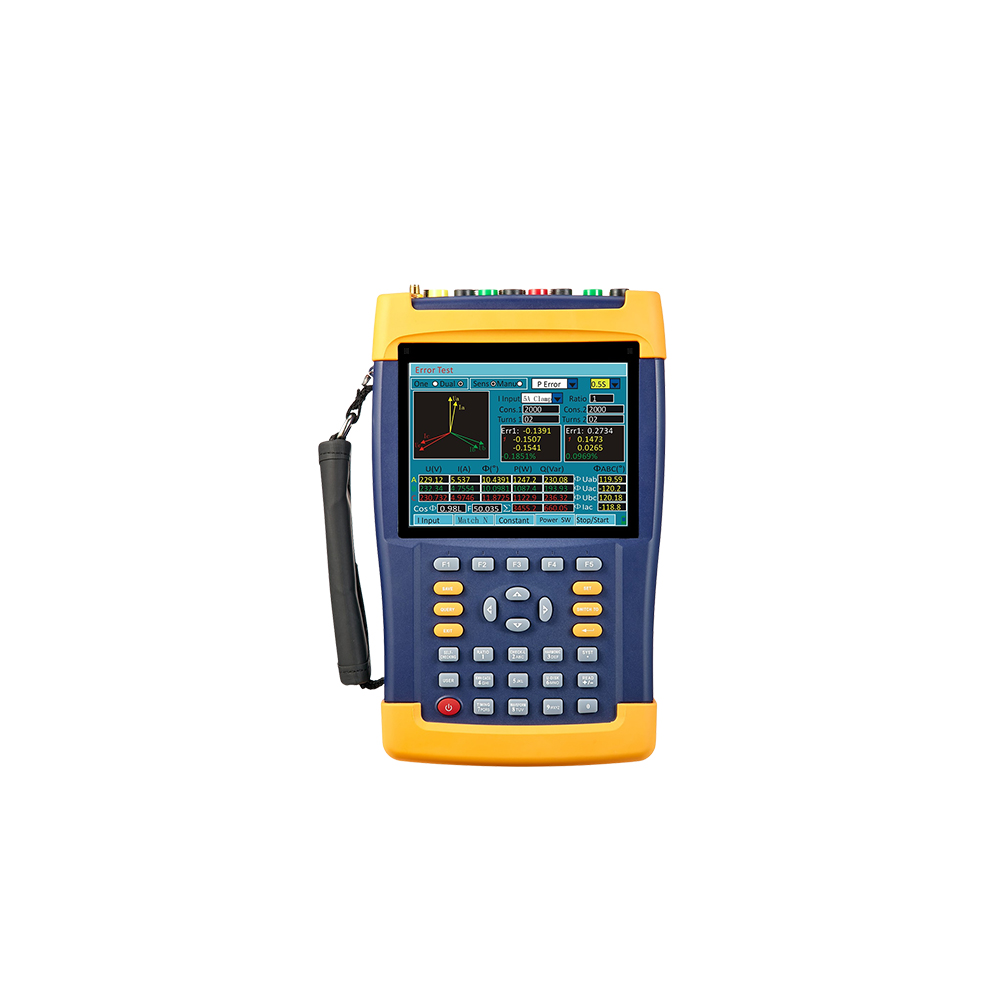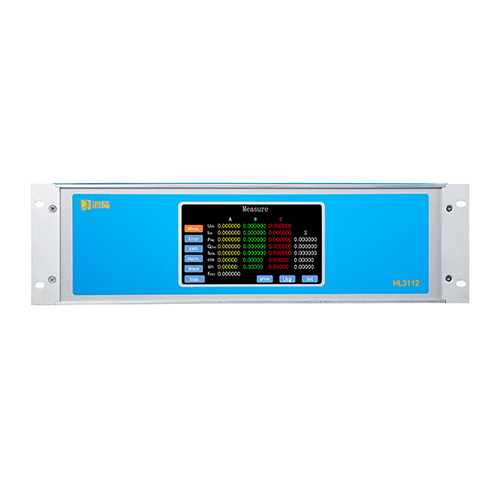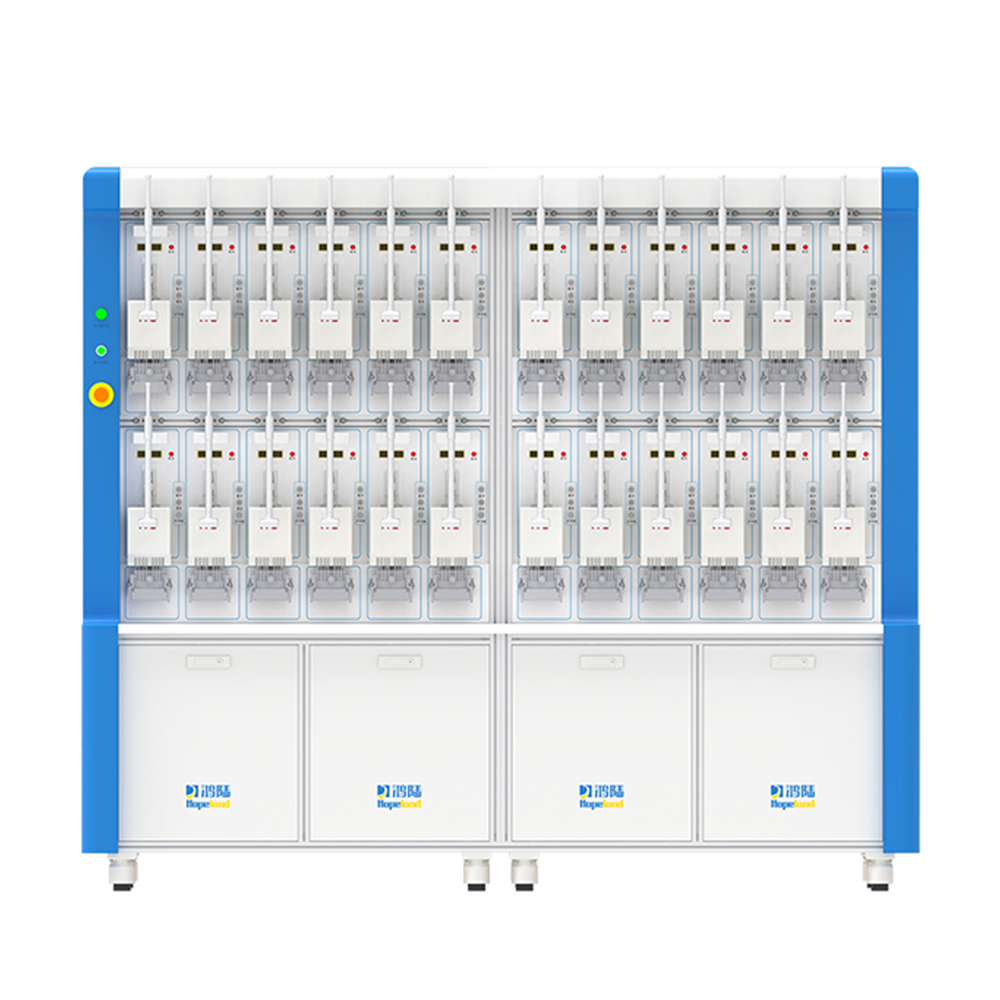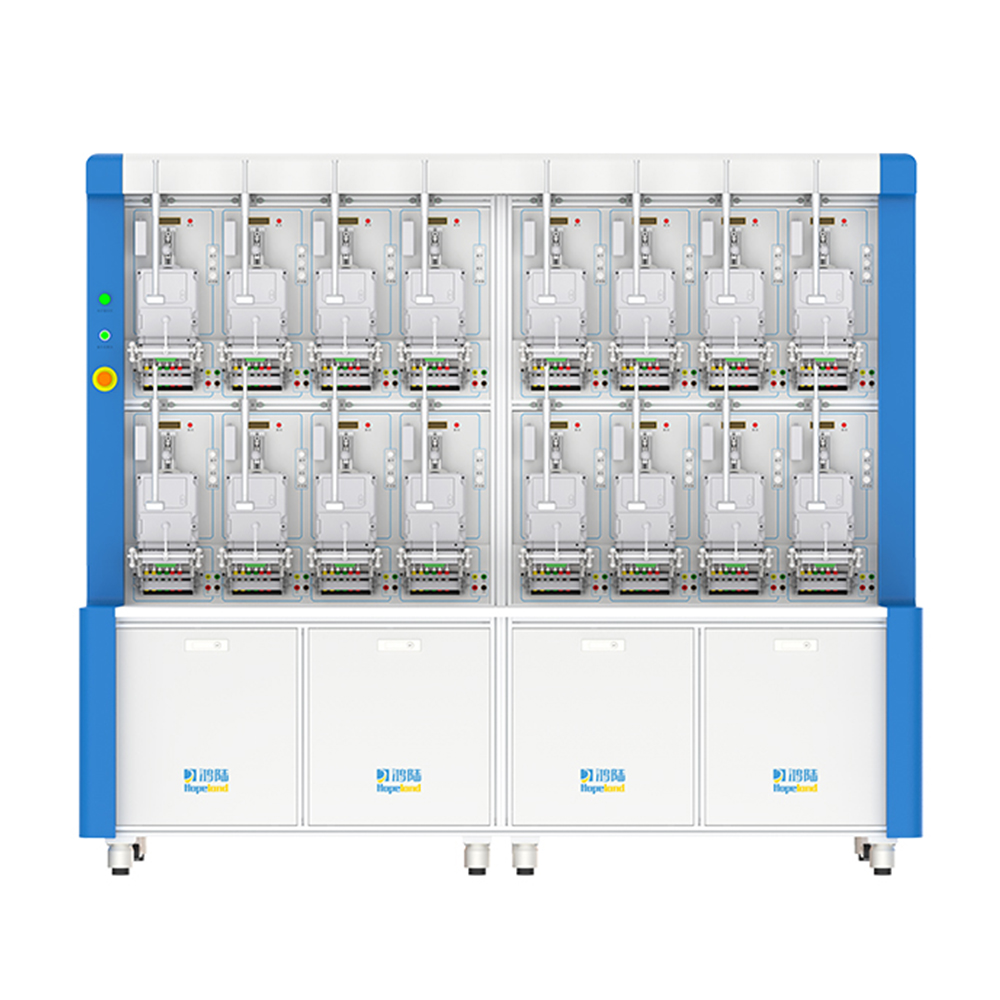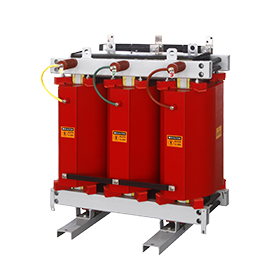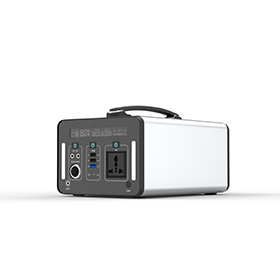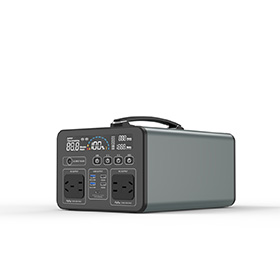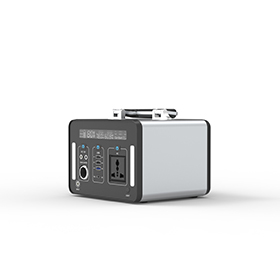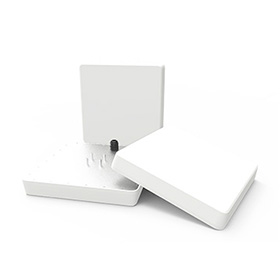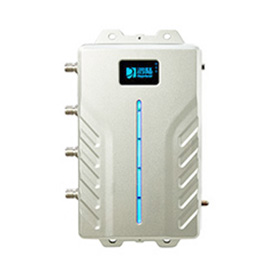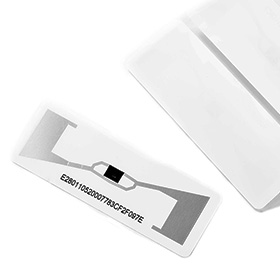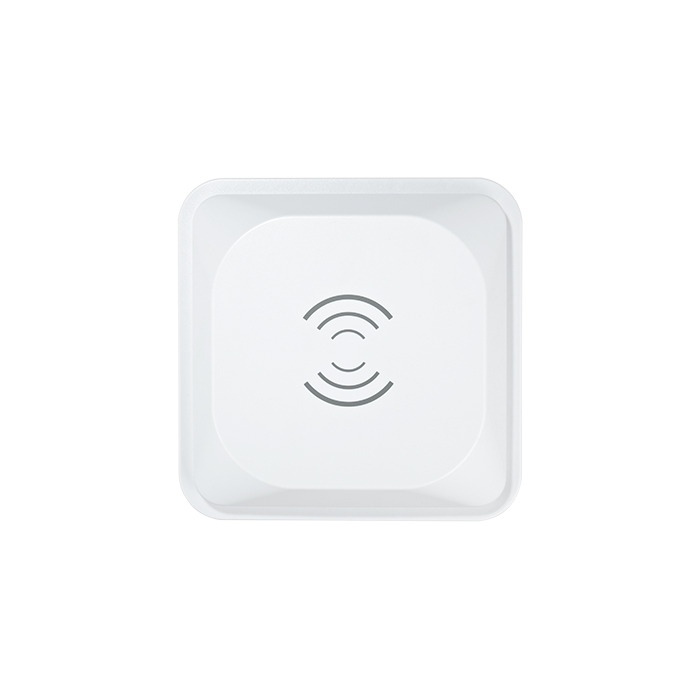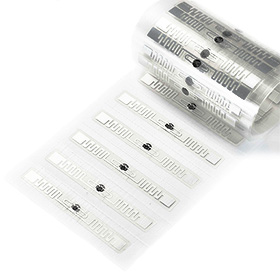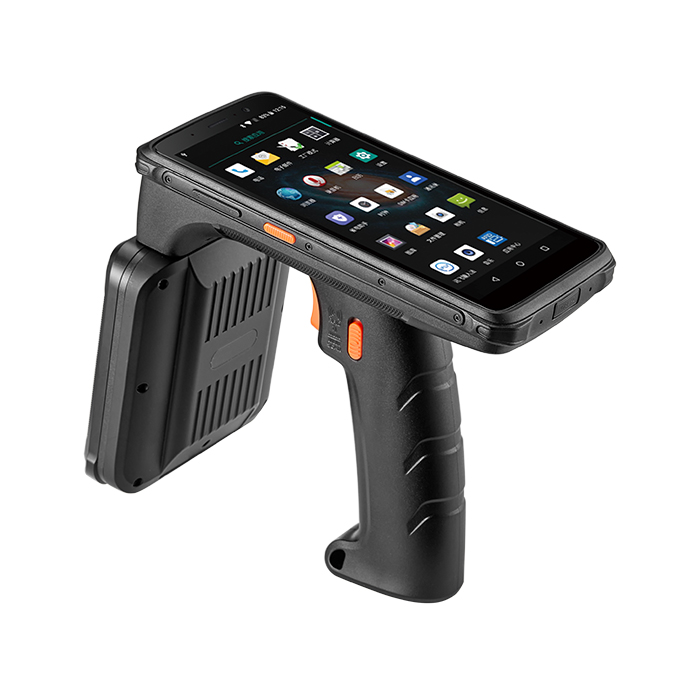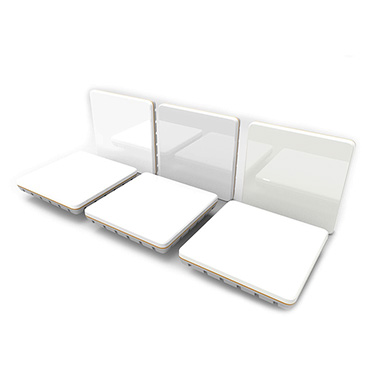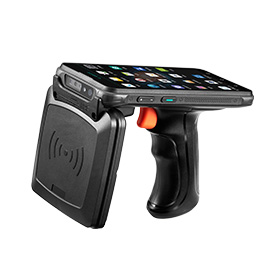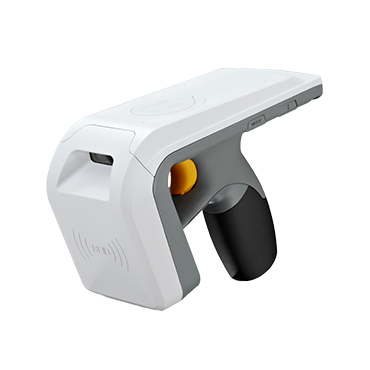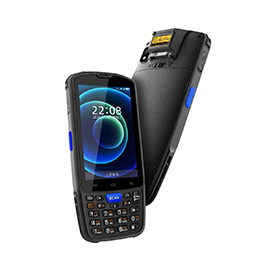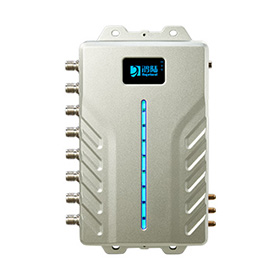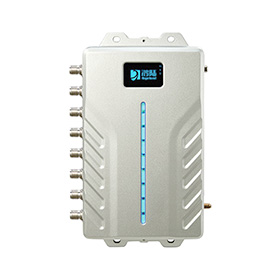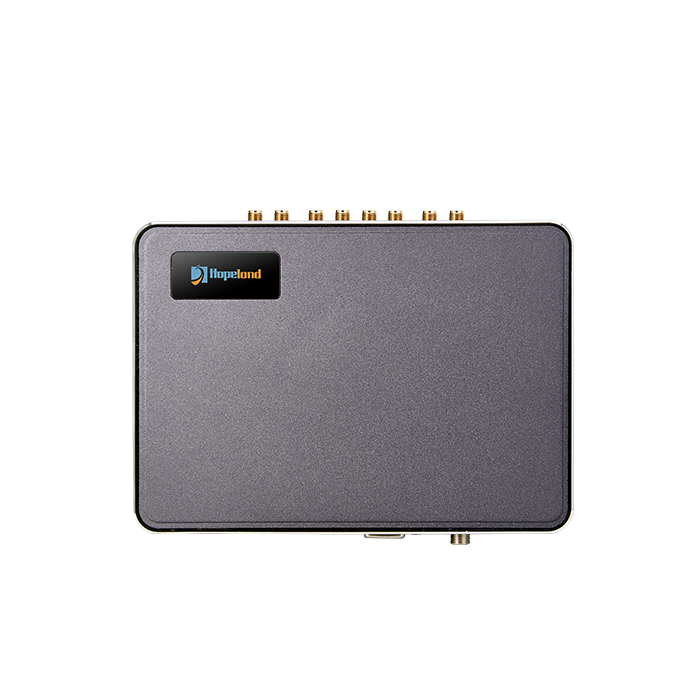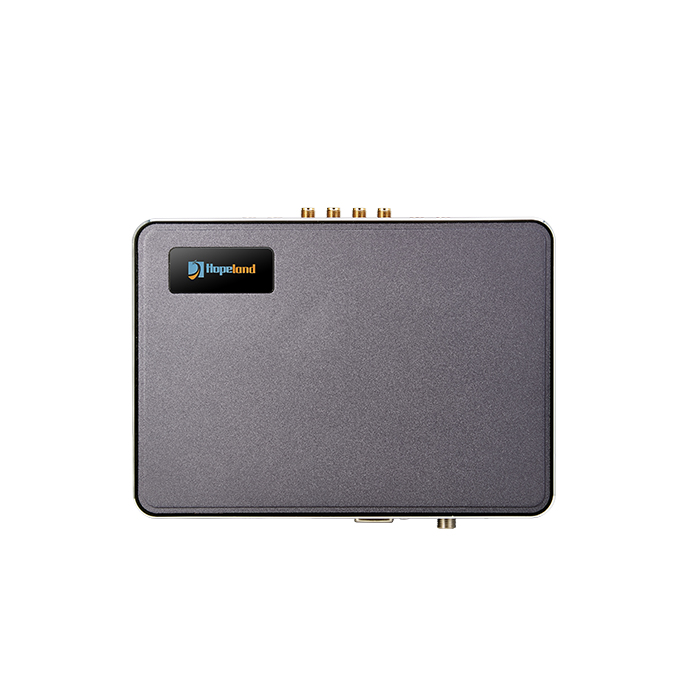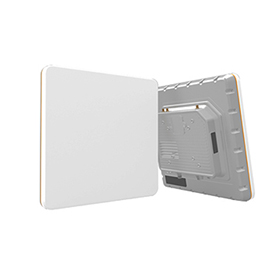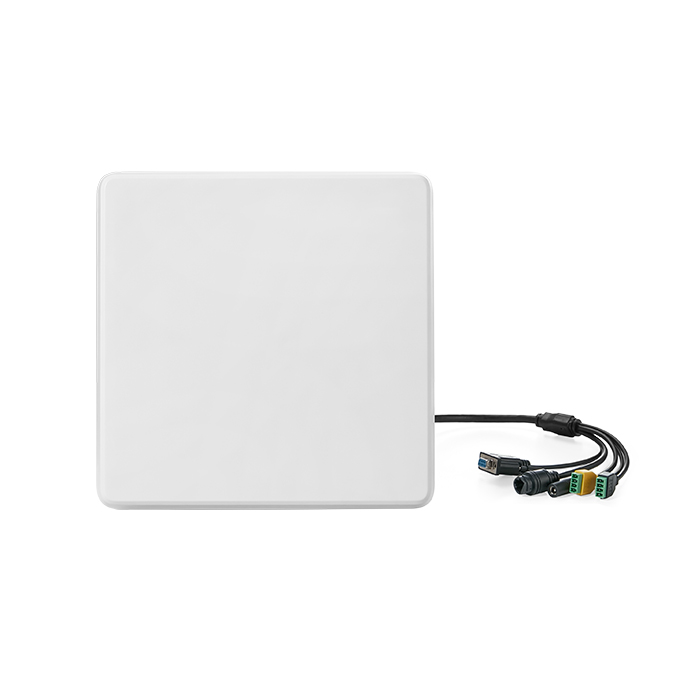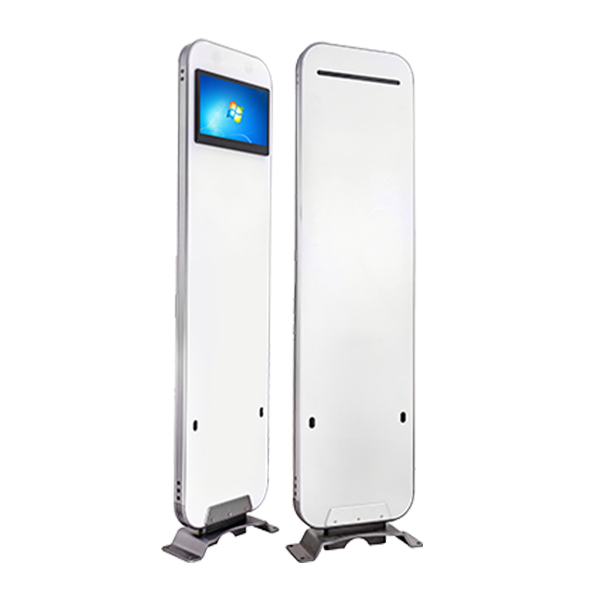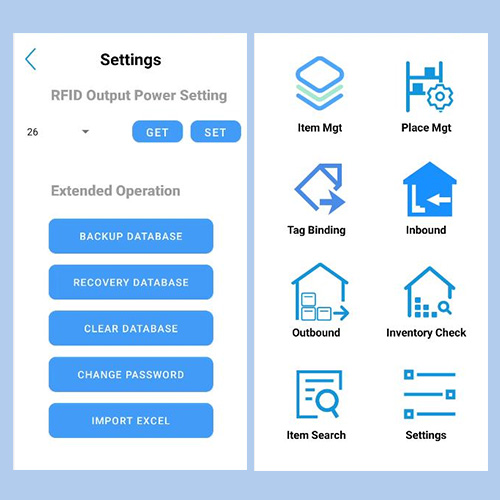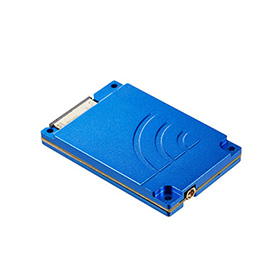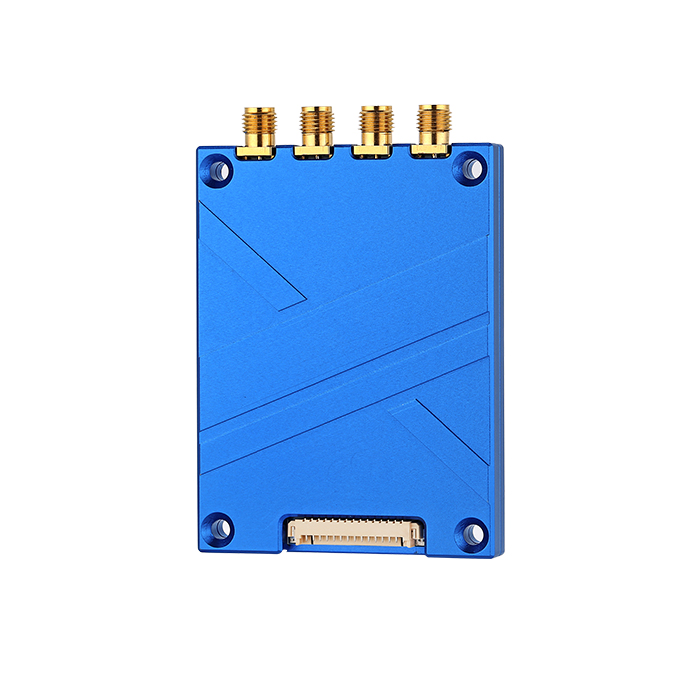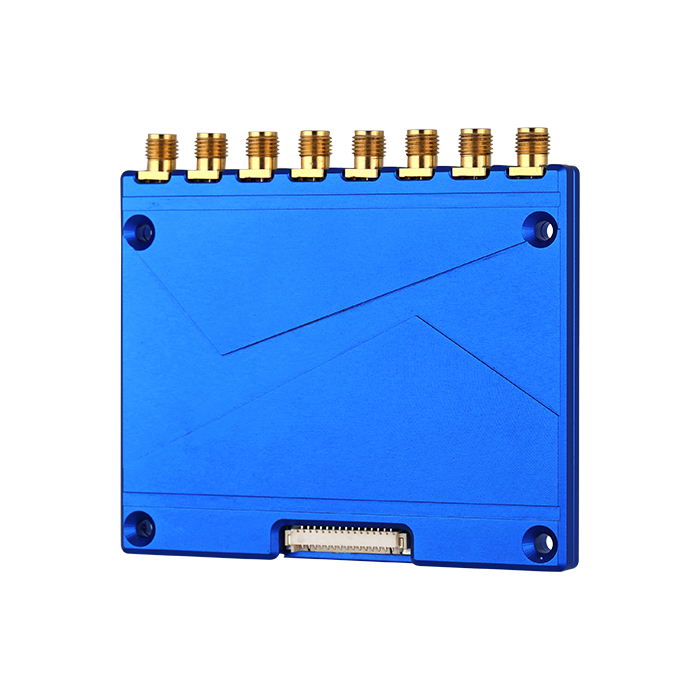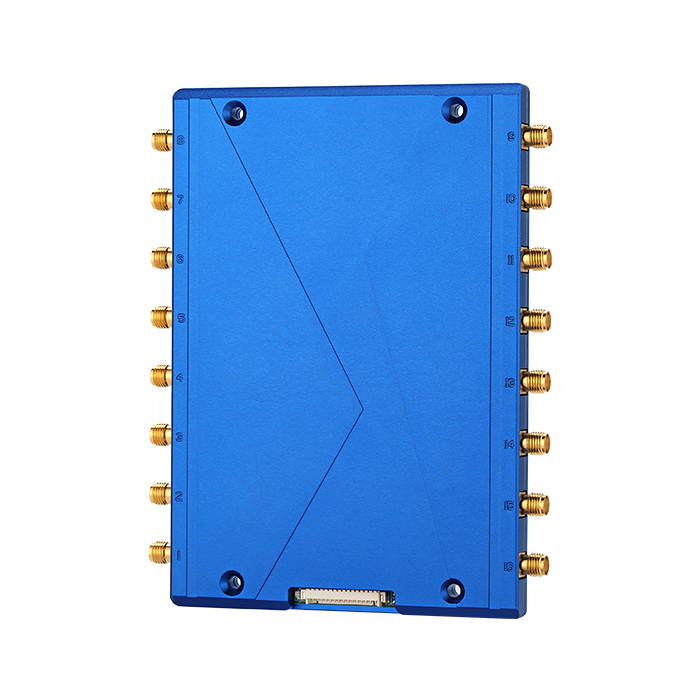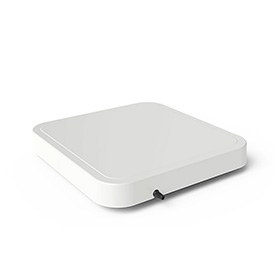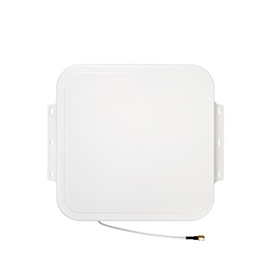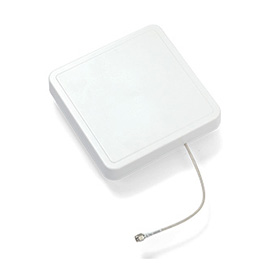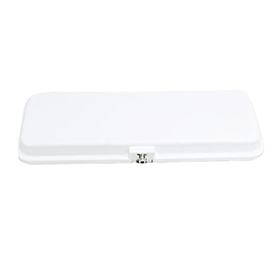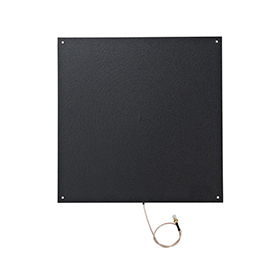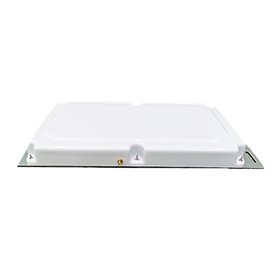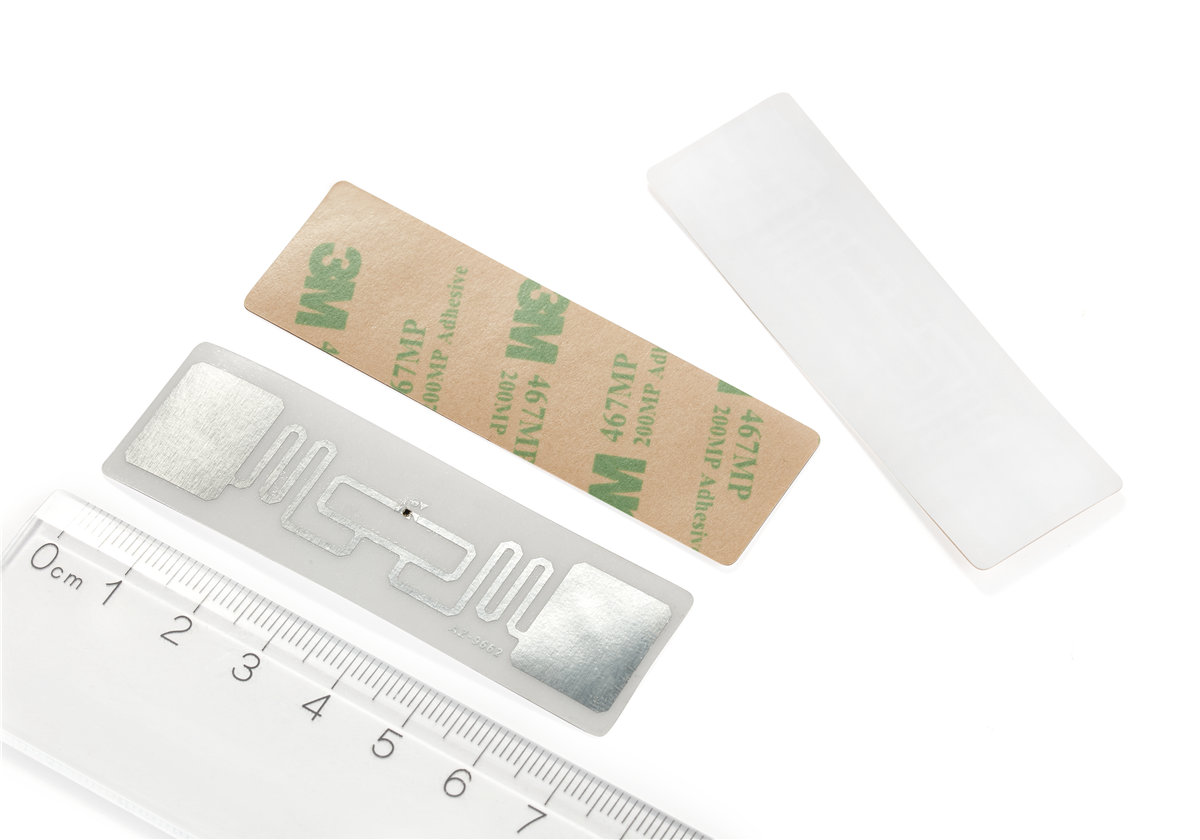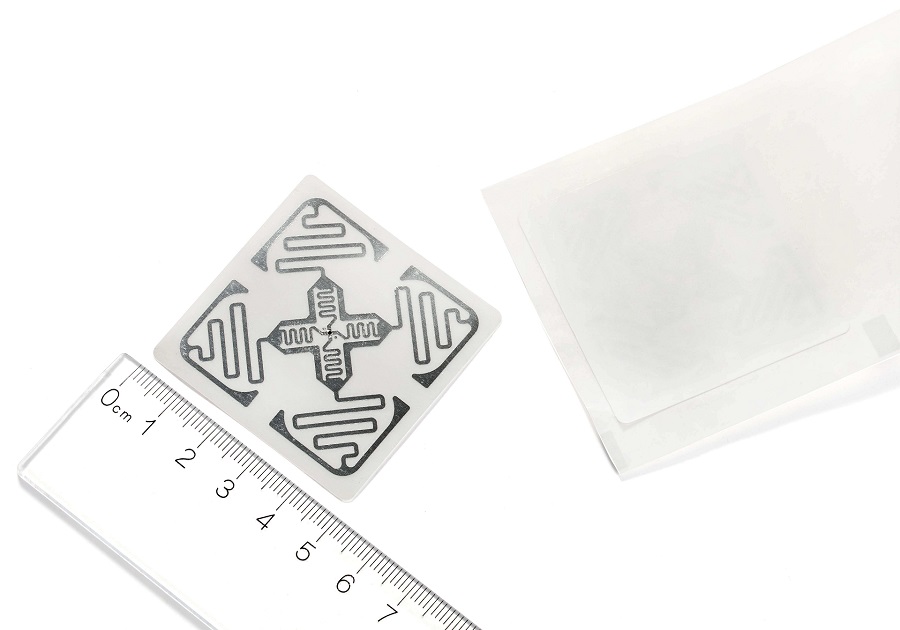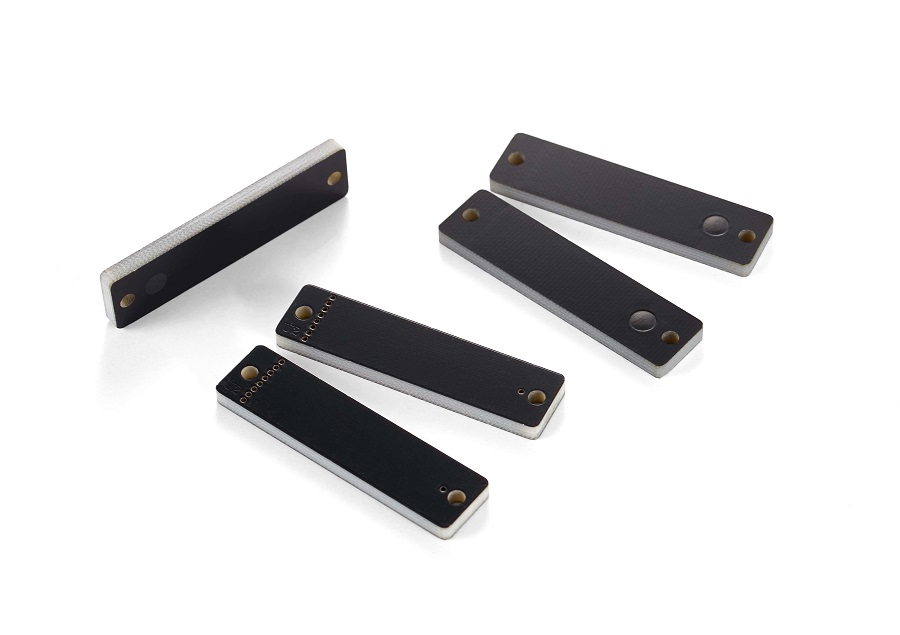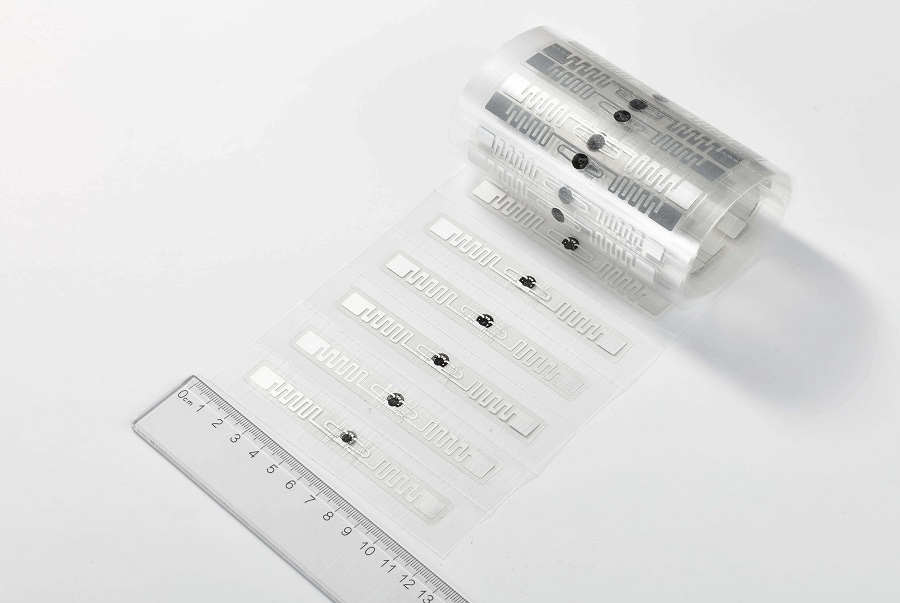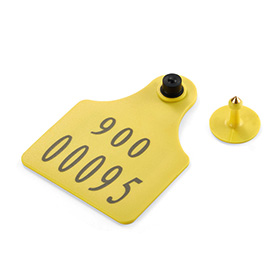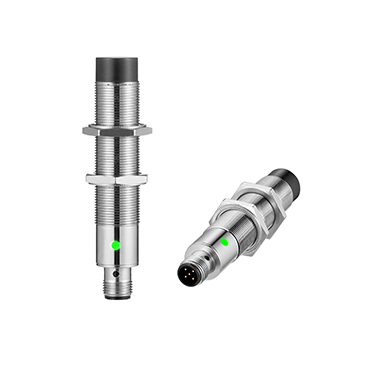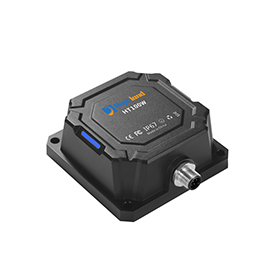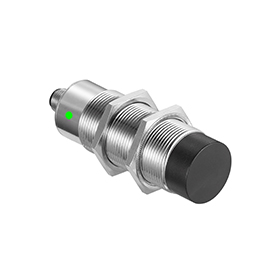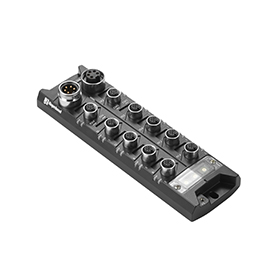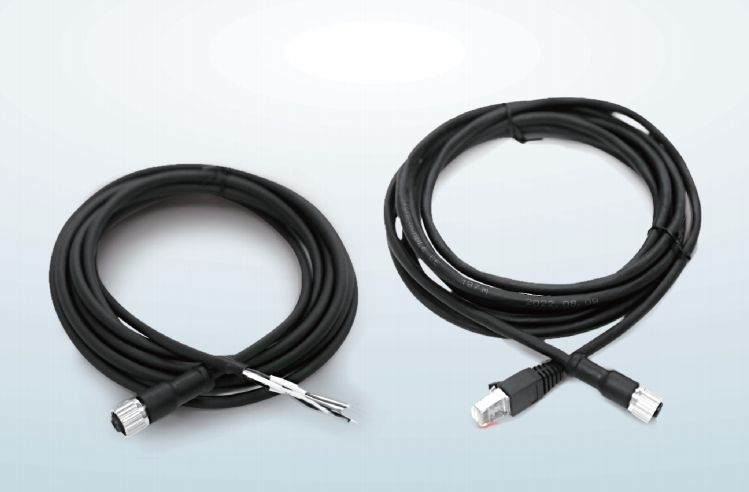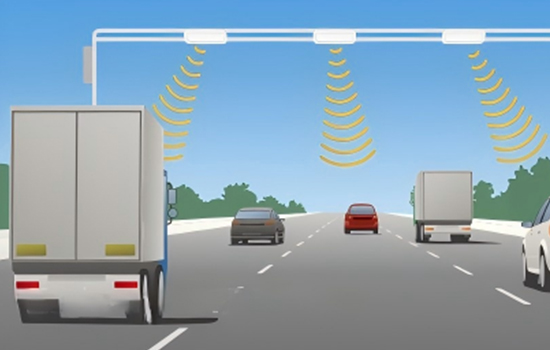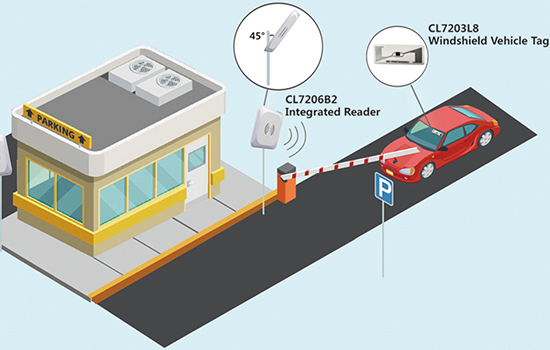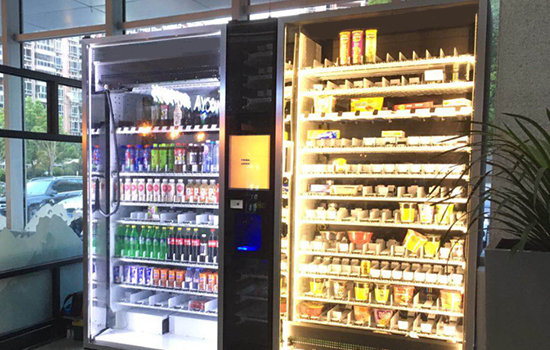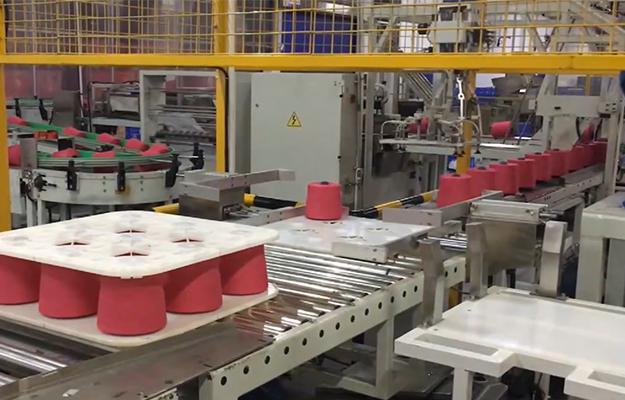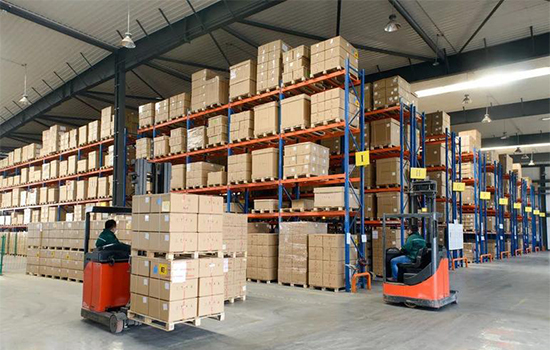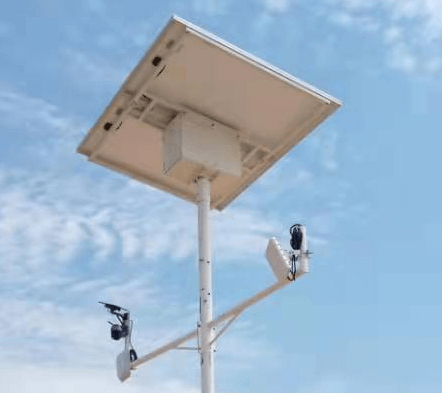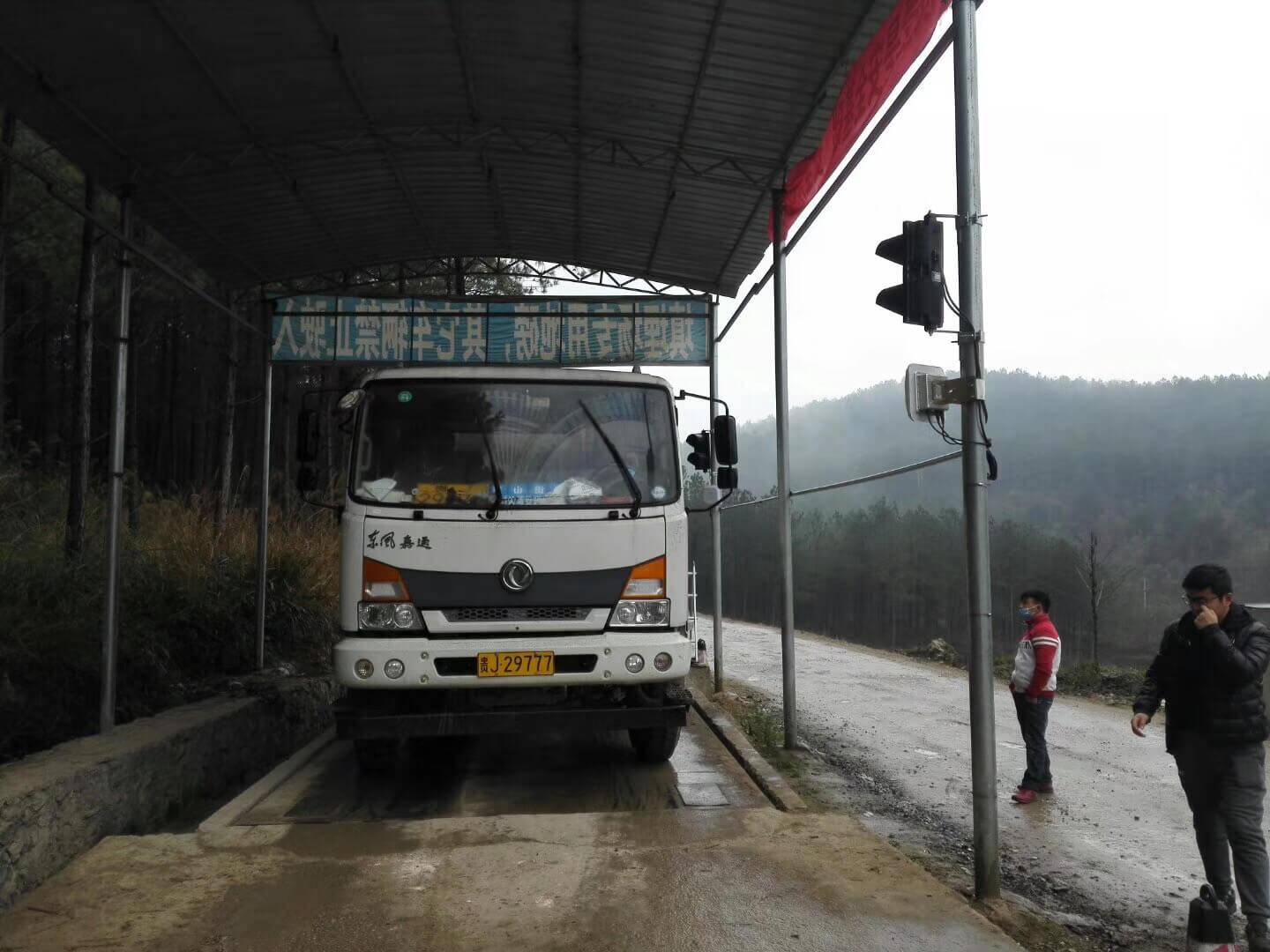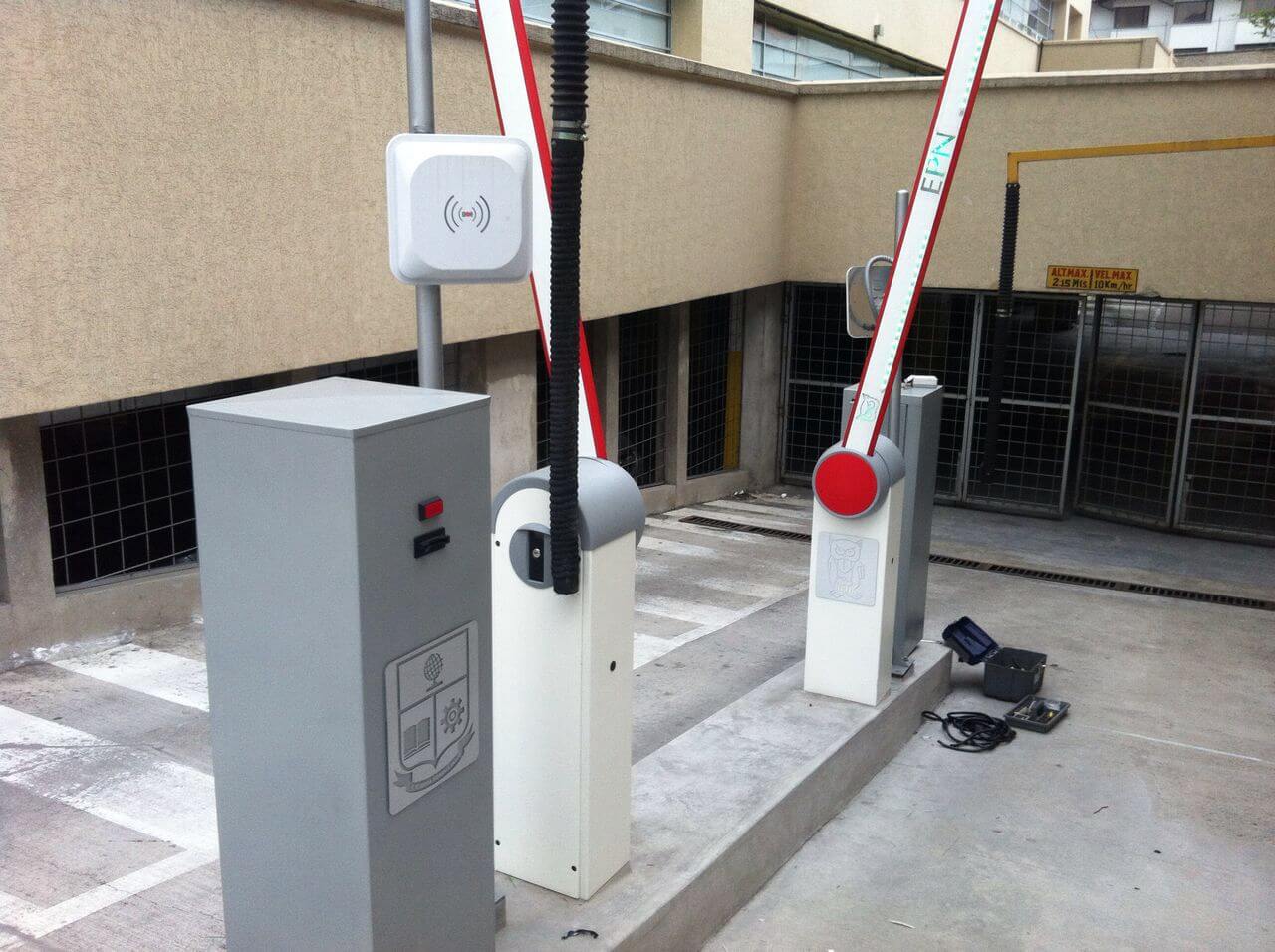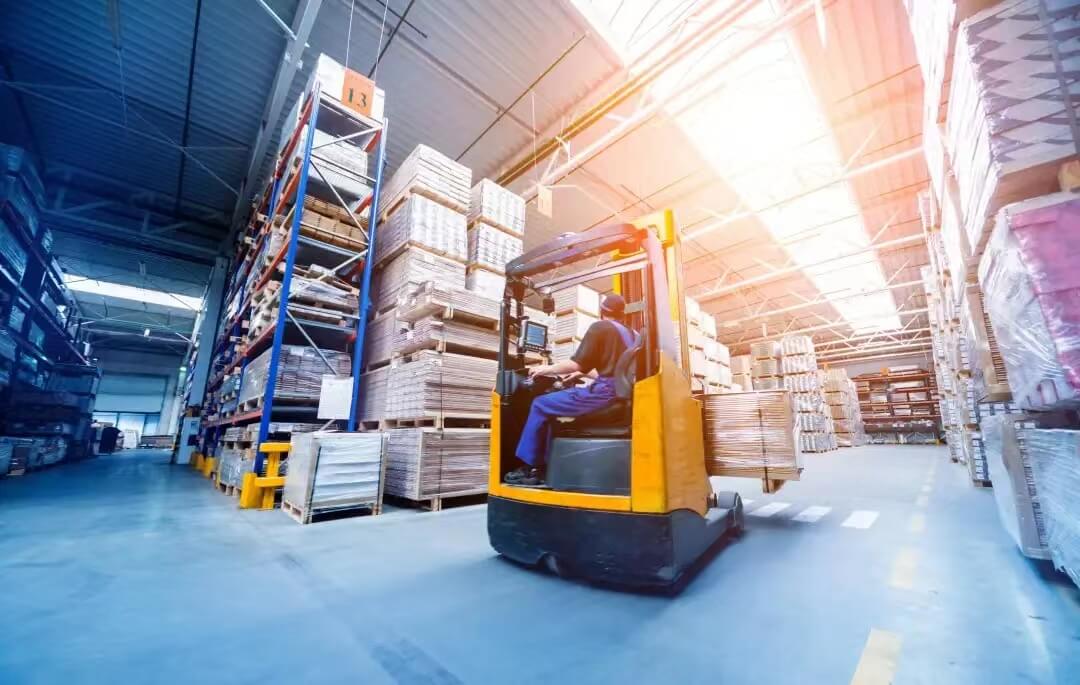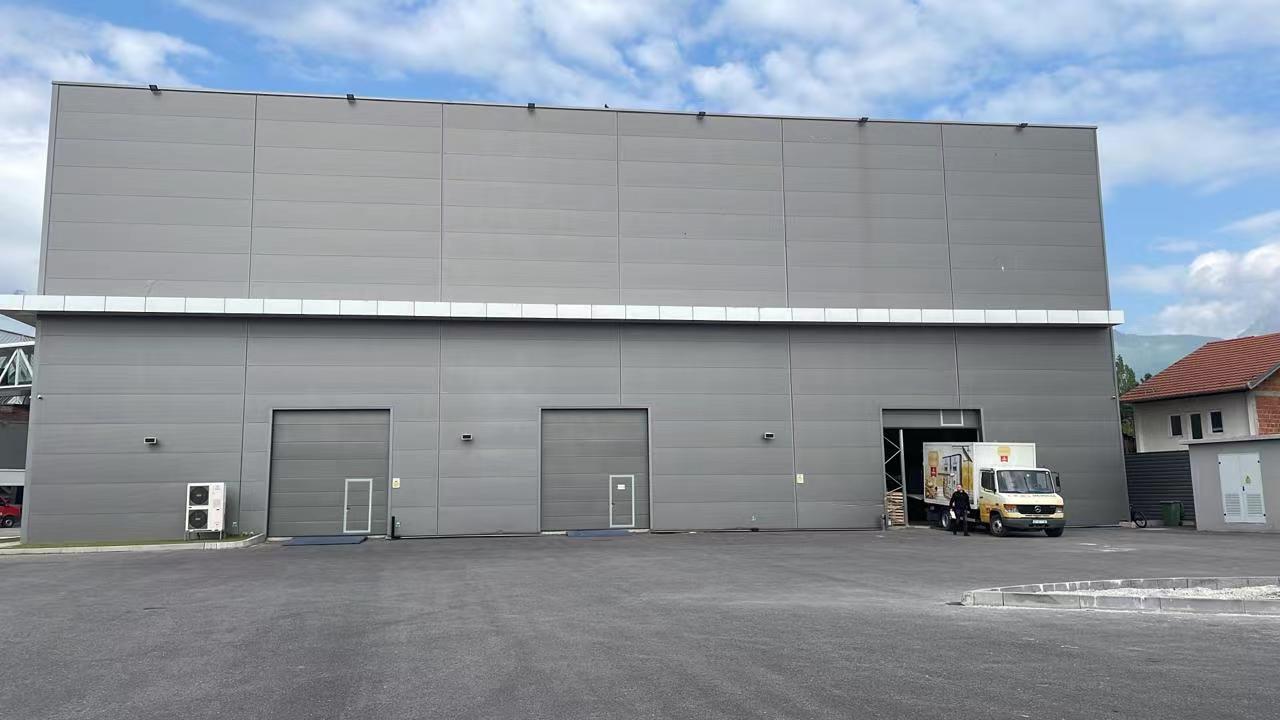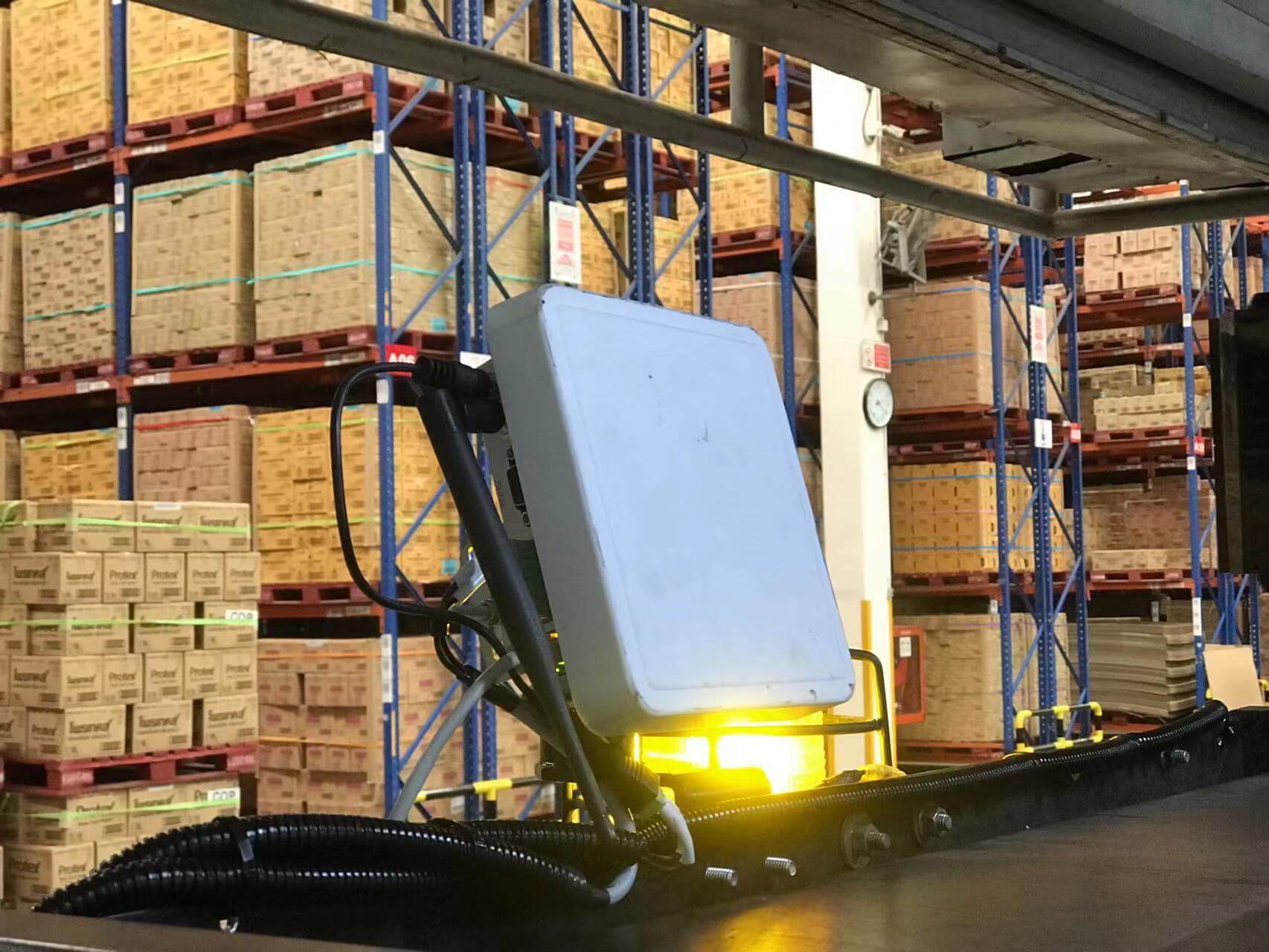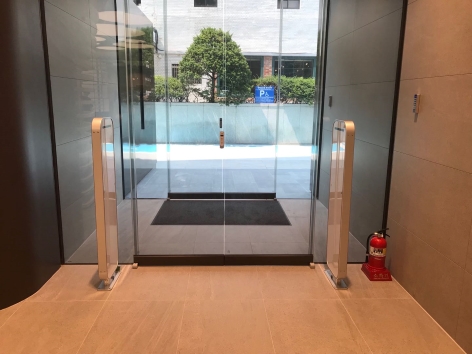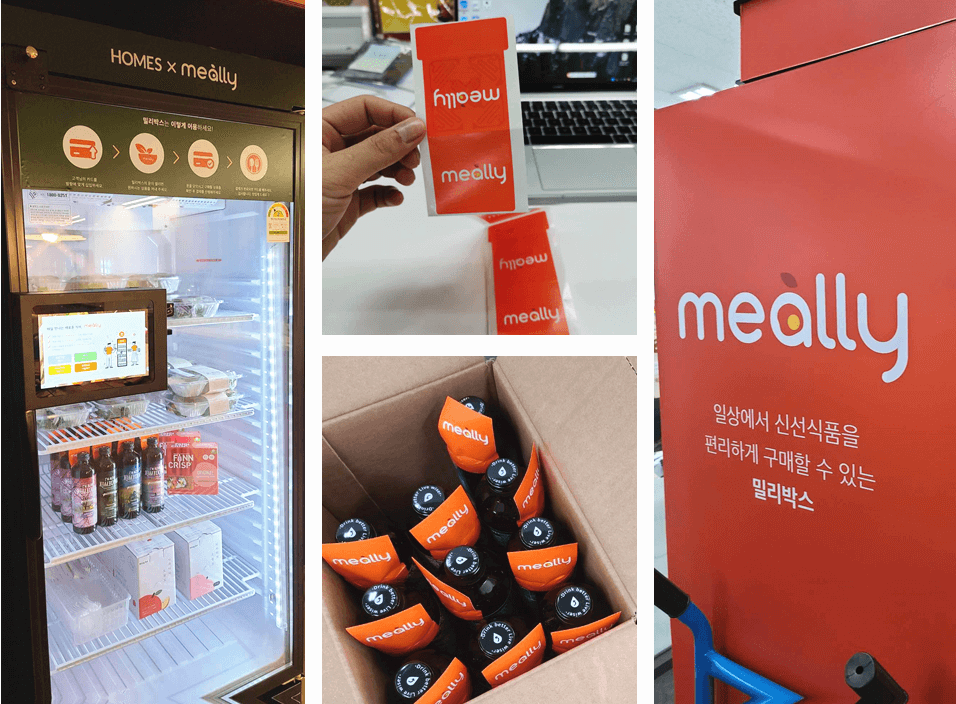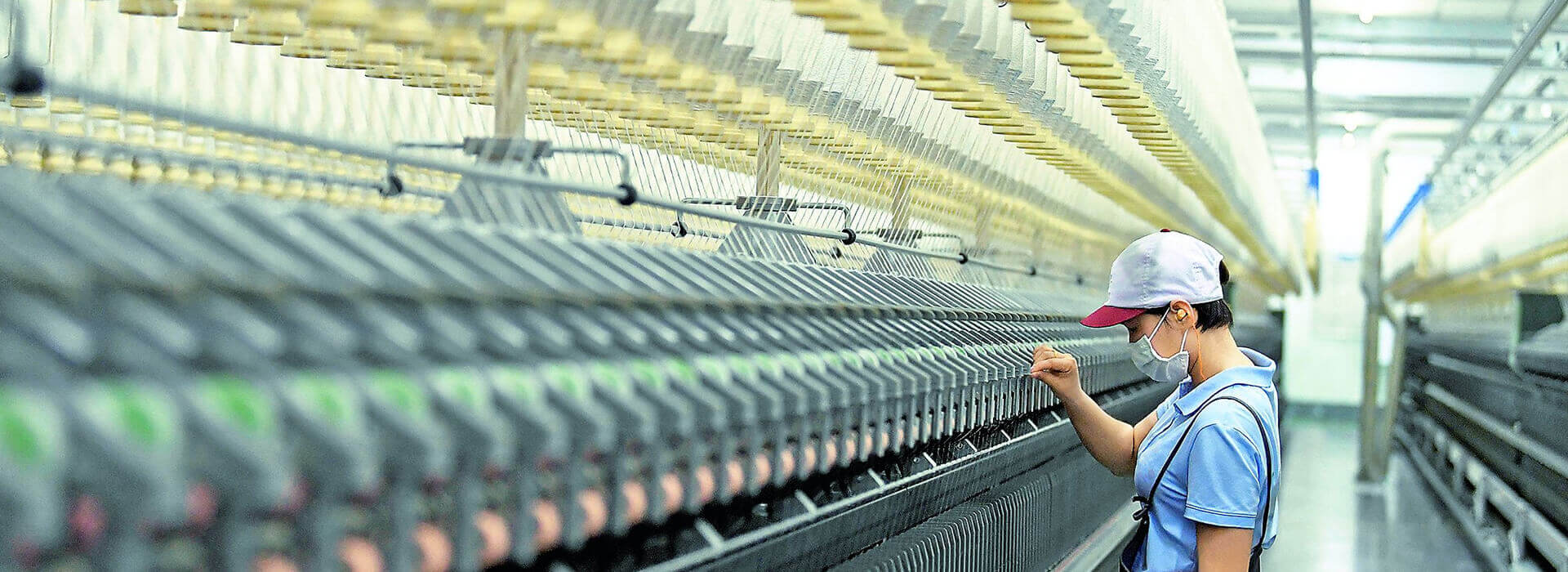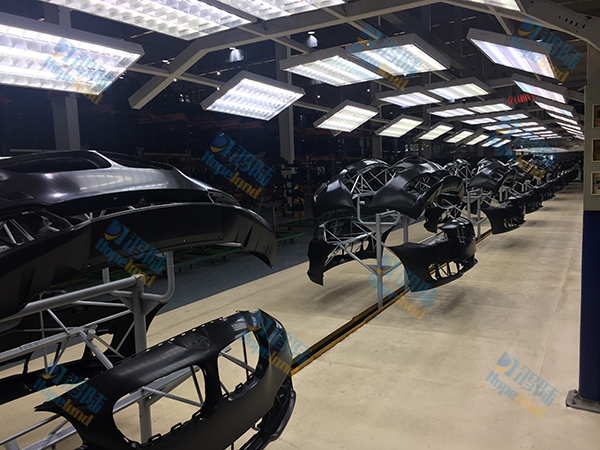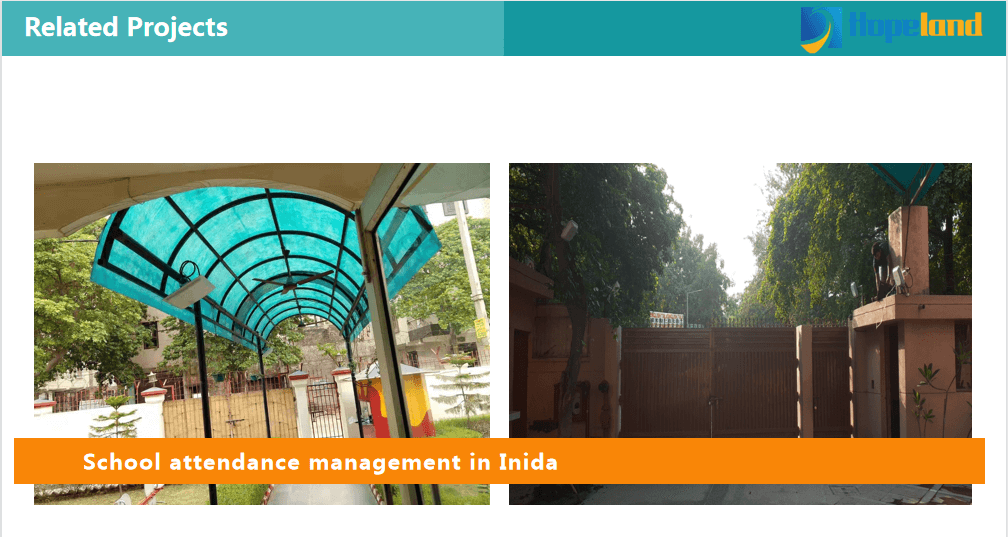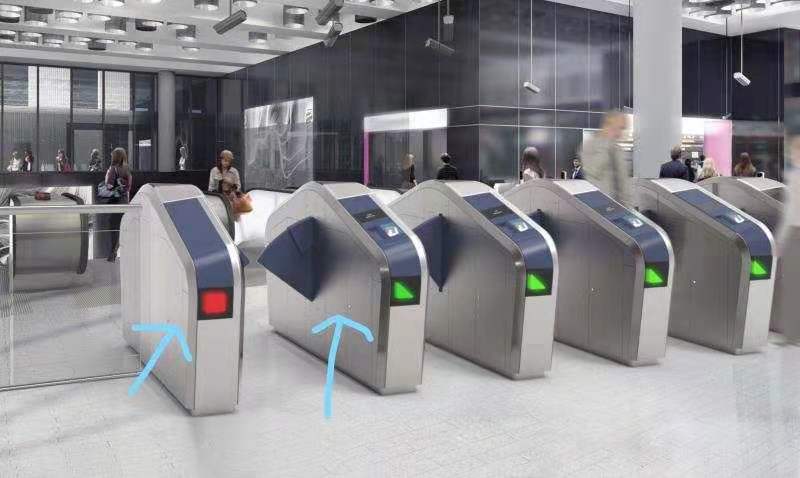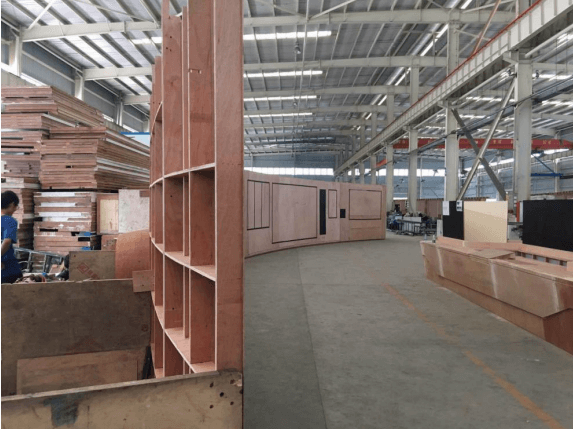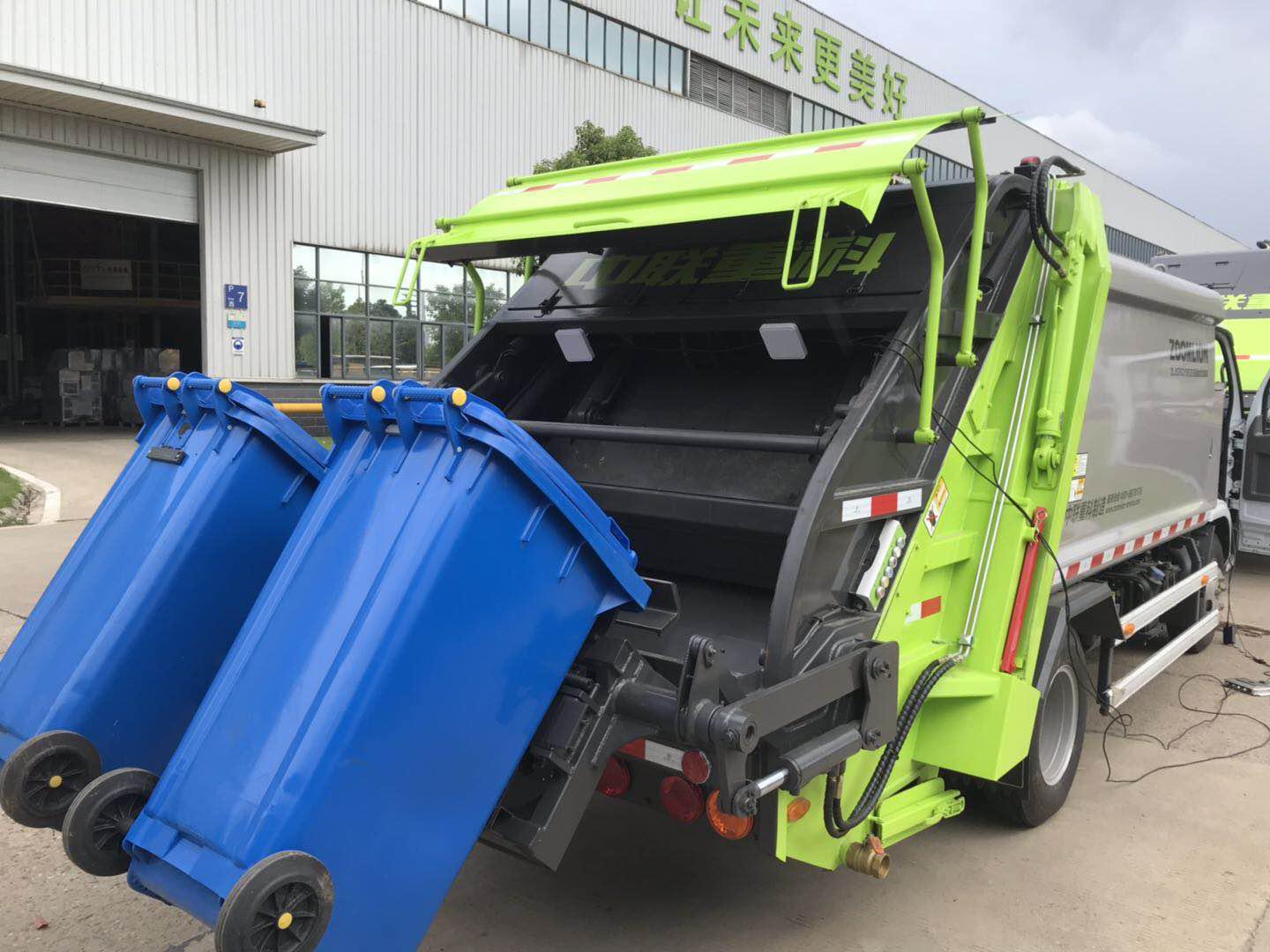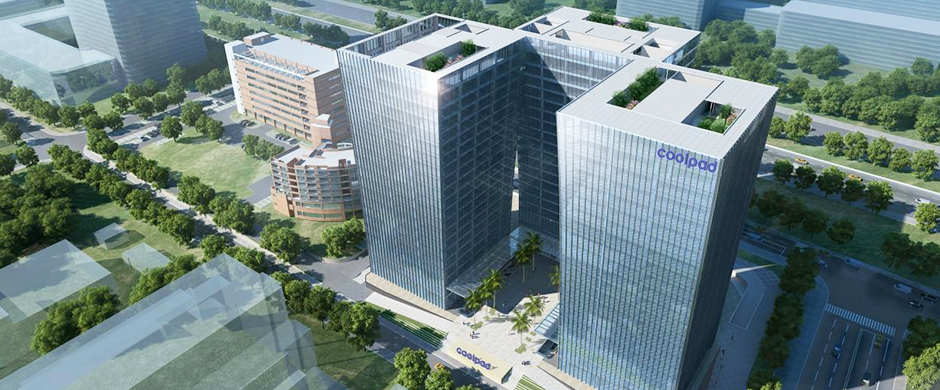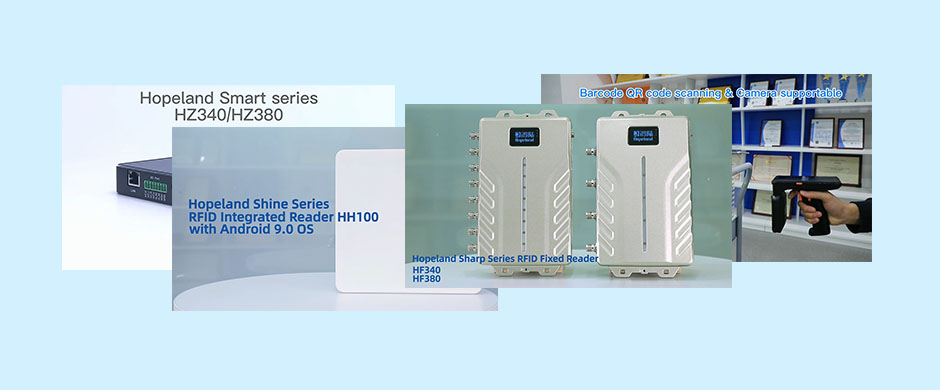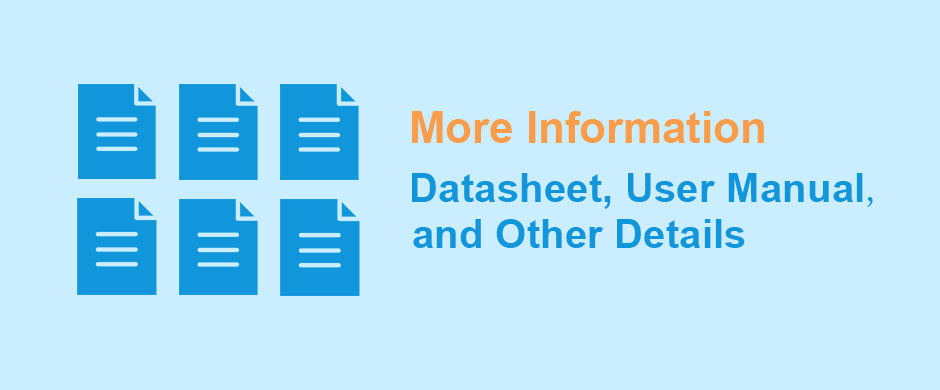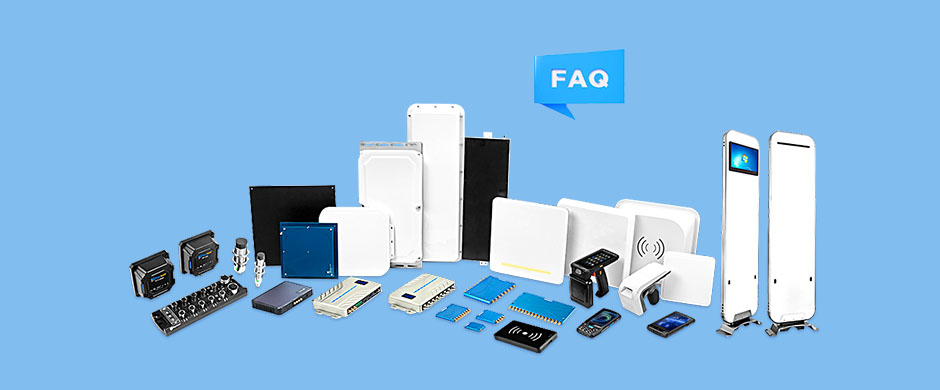RFID technology has been heralded as a game-changer in the world of retail. From increased efficiency to higher productivity, the benefits of RFID in retail are clear. However, it is easy to get lost in all the information out there on how this technology can benefit your business.

What is RFID?
RFID stands for Radio Frequency Identification. RFID uses radio waves to automatically identify and track tags, which are attached to objects.
RFID technology is widely used in the retail industry for inventory tracking, product identification, and security.
Why use an RFID in retail?
RFID readers are becoming more common in retail stores. They allow the store to track inventory, and keep track of what is being sold and where it is being sold. There are a few reasons to use an RFID reader in your store:
1. To keep track of inventory. With an RFID reader, you can scan the barcodes on items and see how many are left in stock. This will help you determine how much inventory you need to order and stock, saving you time and money.
2. To keep track of sales. RFID readers can be used to monitor sales trends and see which products are selling the best. This information can help you make future sales decisions, and keep your store running smoothly.
3. Product identification - By attaching an RFID tag to a product, you can ensure that it is correctly marked and stored correctly. This can help you to avoid mistakes during the shipping process and ensure that your products reach your customers in perfect condition.
4. To prevent theft. An RFID reader can be used to track the location of stolen items, so you can find them and return them to the store. This is an especially useful tool in stores that sell high-value items or items that are easy to steal.
What are the Best Practices for using a reader?
RFID is a technology that uses radio waves to identify and track objects. It can be used in a variety of settings, including retail. Here are some best practices for using RFID in retail:
-Ensure that the readers are properly installed and calibrated.
-Make sure that the tags are properly programmed and inserted into the correct readers.
-Avoid placing tags close to RF antennas, as this can cause interference.
-Keep tags clean and free of dust or debris.
Conclusion
RFID is one of the most exciting technologies on the market today, and retailers are quickly realizing its potential. If you want to know more information about RFID in retail or apply it, don't hesitate to contact Hopeland RFID, which will not let you down!


